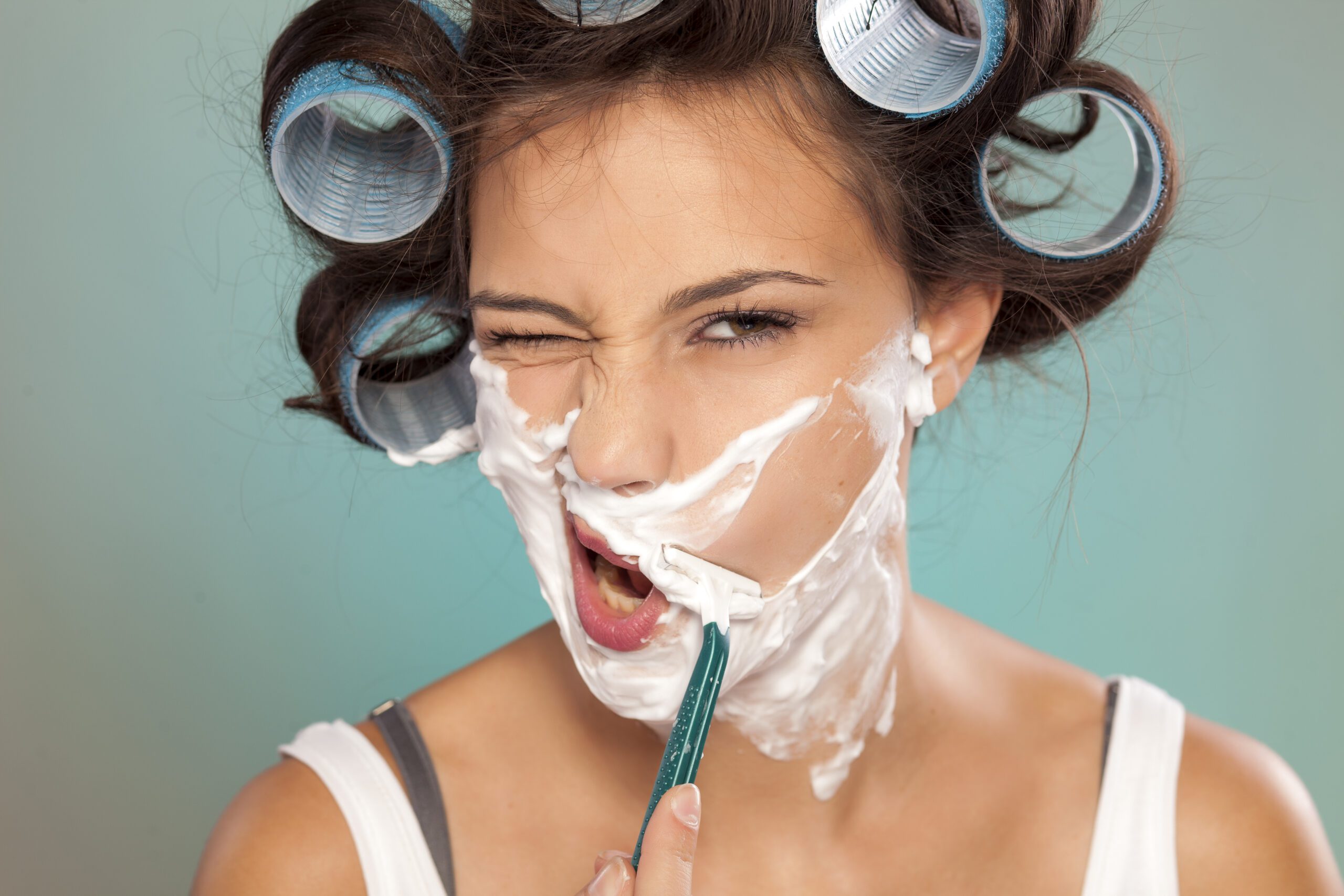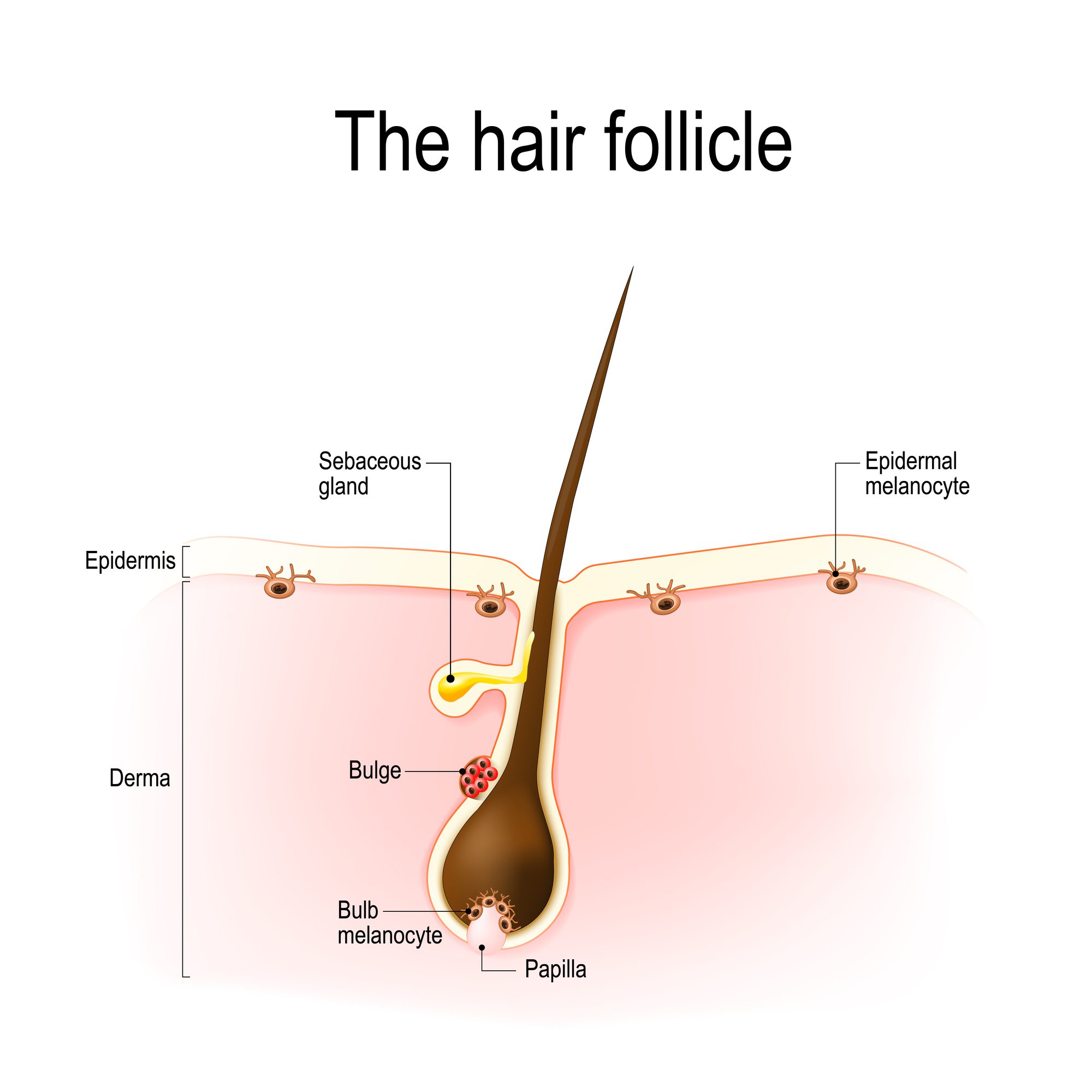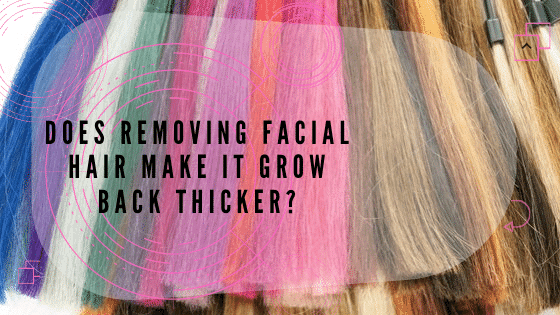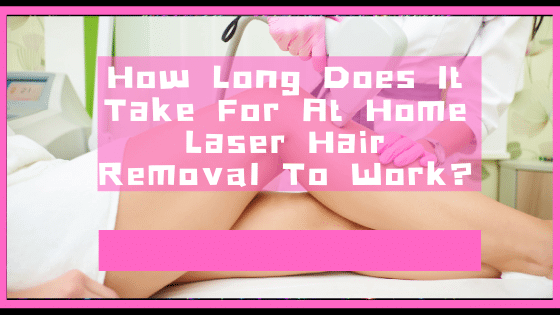There is a myth that if you remove facial hair, then it will actually grow back faster and thicker. But is that true?
The answer is no.
The reason for the myth is surprising but also understandable why so many people think that.

But why does this myth continue to flourish?
After shaving or waxing, you may feel that your hair is now thicker, darker, or coarser. However, understand that looks can also be deceiving.
Here is one reason. Instead of carefully observing, it’s evident that most of us resort to our mental feelings. That’s why a lot of people mistakenly believe their hair is thicker after shaving.
The act of cutting or shaving facial hair is what makes it thicker. But it doesn’t grow thicker.
It’s important to understand that the shaft of human hair is shaped like a pencil. So, this means that it’s thicker at the bottom and thinner at the tip. So, when the tip is removed, the thicker base remains.
Note that the base of the hair is near the follicles. So, it’s bound to grow thicker and darker.

This is why you will feel like your hair is thicker after shaving, but it will thin out after a couple of days. Understand that shaving or the removal of unwanted hair does not change the process of hair regrowth.
So, if you have tapered hair, you will get it back after a few days. This is highly evident in shaving and waxing.
Chemicals and Pollutants
Another factor to consider is exposure to chemicals and pollutants. The tip of the hair is usually the closest to the external environment. This means that cleansing products with chemicals and pollutants usually make them thin.
On the other hand, the bottom of the shaft is usually protected. So, hair in this region is bound to receive the least impact of pollutants. Generally, these hairs are well-nourished and thicker.
So, after shaving, you will find thicker and slightly darker hair. But this doesn’t mean that it’s now growing to be thicker.
If this was true, don’t you think that people would have massively thick hair after every shaving phase?
Benefits of Removing Unwanted Facial Hair
Both men and women usually remove unwanted facial hair. Sometimes the dark and thick hair which grows on the face can be annoying or affect your appearance negatively.
So, what are some of the benefits of removing them?
Clearer skin
Shaving and other techniques help to make the skin clearer. Note that too much facial hair makes removing dead skin cells difficult. As a result, it usually leads to debris buildup over time. Because of this, most people end up suffering from skin breakouts.
Help to Nourish the Skin
Topical creams, for instance, help to nourish the skin. They contain antioxidants and vitamins which help to improve the skin’s texture and appearance.
Easier Makeup Application
Removing facial hair makes the process of makeup application easier. If you are using foundation, hair-free skin is usually frictionless. As a result, your makeup will smoothly glide over your skin.
Skin Rejuvenation
Excessive facial hair prevents the underlying skin from getting vitamin D. This is an essential nutrient that the skin needs for healthy development.
It should be noted that too much hair leads to the accumulation of dirt and dead skin cells.
Shaving helps rejuvenate the skin, enhance collagen production, and increase blood flow.
Final Thoughts
It’s clear that shaving or removing facial hair does not cause it to change its thickness. The removal process usually leads to the development of new stubbly tips, which may feel thicker. However, this only lasts for a couple of days.
Several medical research studies have been done to establish the truth. And studies show that hair removal doesn’t cause changes in thickness. Some techniques usually lead to the growth of finer and thinner hair. This is because of the repeated trauma which affects the hair follicles.
Perfect for sensitive skin.
If you want a great way to remove hair all over your body from home, then you should take a look at the Tommy Timmy Smoother Skin:



